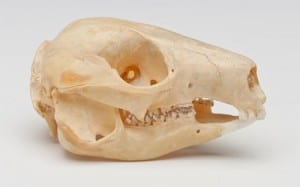Do some animals look too boring to be in a museum?
By Jack Ashby, on 22 March 2016
There is an underlying struggle in museum displays to fulfil two sets of needs. They have to do both to be successful:
- To engage the visitors’ interests, desires or questions that are sparked by their own experience of a topic, whether they come pre-armed with that experience, or whether they acquire it during their visit.
- For the museum to tell the stories that it has identified as the stories it exists to tell.
The struggle comes when a display meets one of these needs but not the other. This issue is the same in the worlds of politics and media – do we tell the people what they want to hear, or do we tell them what we want them to know?*
In natural history museums, we know that people like big animals, for example. Dinosaurs meet both needs above – people want to see them, and museums want to engage people in stories about them. (more…)
 Close
Close


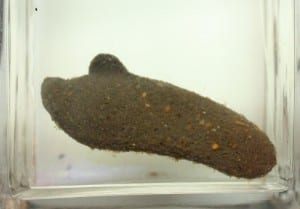
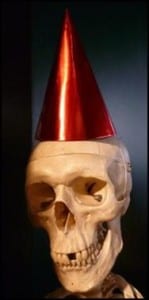

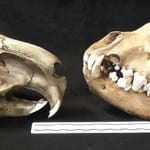

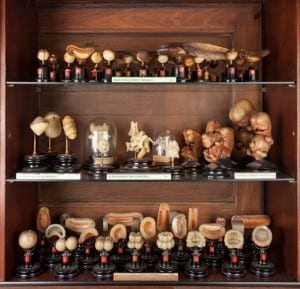
 Have you ever seen something in a museum and suspect that the curators have got it wrong? If so, I hope you haven’t been too shy to let the museum know. Speaking for the Grant Musuem at least, we love it when visitors add to our knowledge of the collection, and we don’t ask for “expert” credentials before hearing an opinion. Indeed, a 11 year boy spotted that a specimen labelled “marine iguana” was in fact a tuatara (a lizard-shaped reptile from New Zealand (that is in fact not a lizard)). And couple of years back, a visitor noticed that
Have you ever seen something in a museum and suspect that the curators have got it wrong? If so, I hope you haven’t been too shy to let the museum know. Speaking for the Grant Musuem at least, we love it when visitors add to our knowledge of the collection, and we don’t ask for “expert” credentials before hearing an opinion. Indeed, a 11 year boy spotted that a specimen labelled “marine iguana” was in fact a tuatara (a lizard-shaped reptile from New Zealand (that is in fact not a lizard)). And couple of years back, a visitor noticed that 